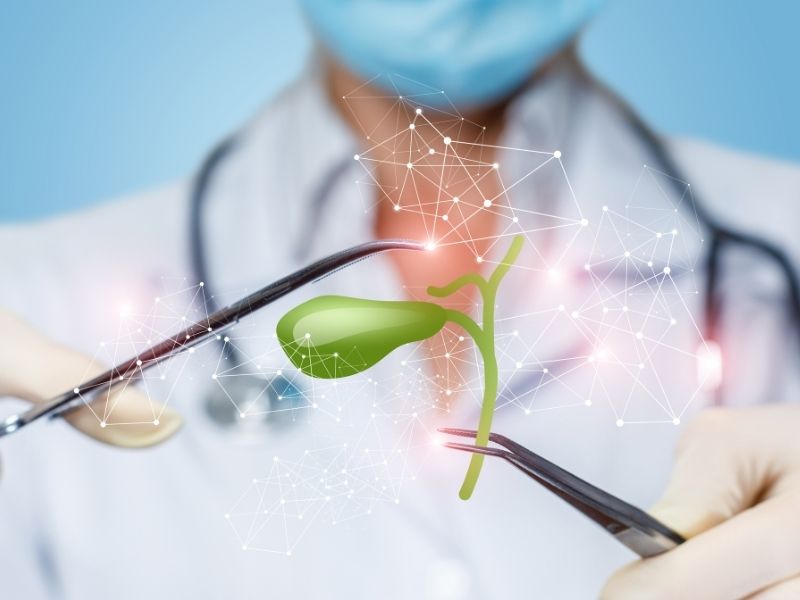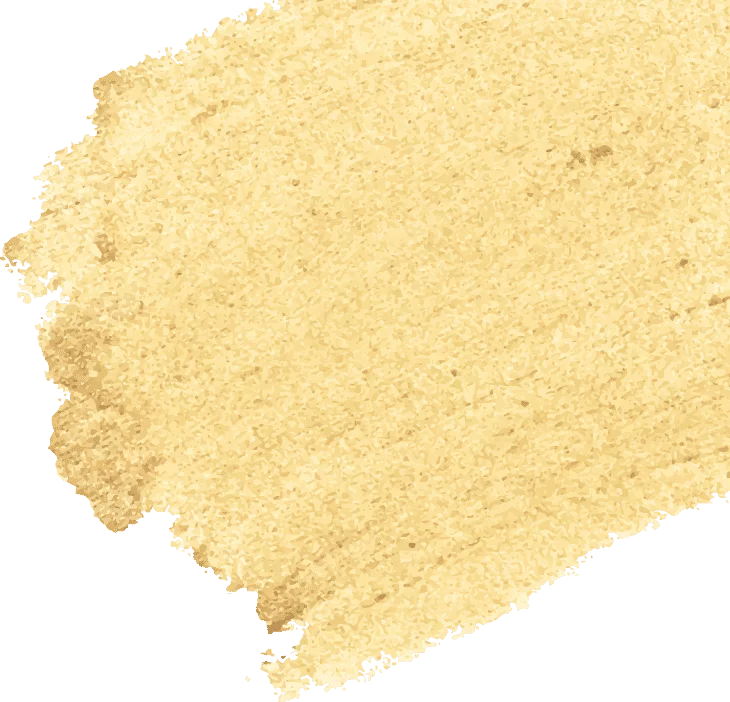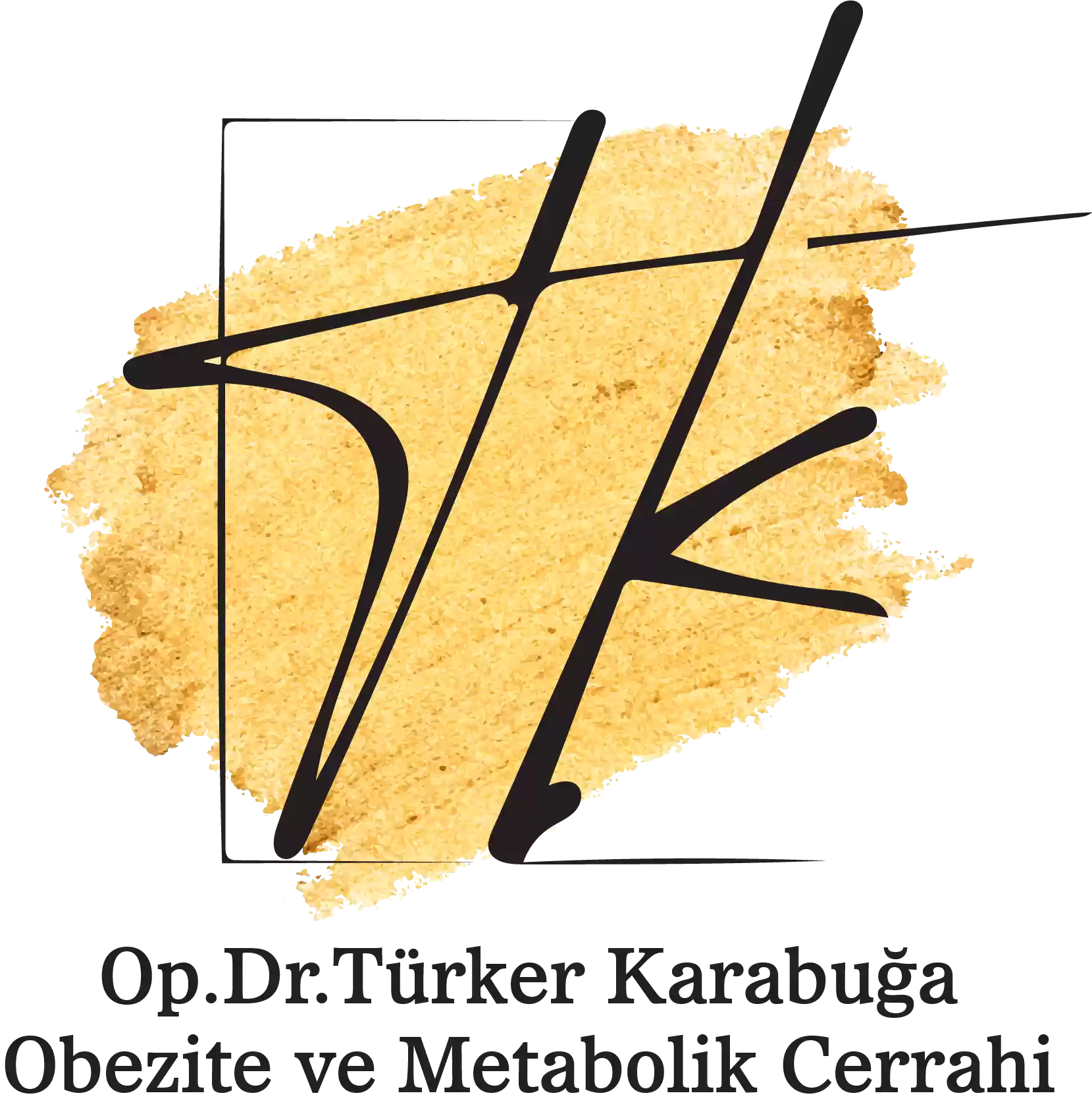The gallbladder is an important part of the digestive system in our body. The gallbladder is a small, hollow, pear-shaped organ located just below the liver. This organ, which is about 7-10 cm long, stores bile fluid produced by the liver and secretes it into the small intestine during digestion. The most common disease of the gallbladder is gallstones. This is followed by gallbladder inflammation. There is detailed information about the gallbladder and its diseases and treatments in the continuation of the article.
Anatomy of the Gallbladder
The gallbladder is a small, hollow organ, 7-10 cm long, located just below the liver and under the right ribs. It consists of four main parts: the wide lower part is called the ‘fundus’, the body part is called the ‘corpus’ and the part where it begins to narrow is called the ‘collum’. The bile ducts carry bile fluid from the liver to the gallbladder, which in turn transmits it to the common bile duct and contributes to the digestive process.
Function of the Gallbladder
Bile is the fluid produced by the liver and plays a critical role in digestion. This fluid is continuously produced by the liver and stored in the gallbladder. When fatty foods are consumed, the gallbladder contracts and releases bile fluid into the small intestine. The main functions of bile are:
- To facilitate digestion by breaking down fats in the intestines into small droplets.
- Excretion of waste products in the body, especially cholesterol and metabolic by-products.
- To mix with food and provide the necessary environment for digestion of food.
Gall Bladder Diseases
Various health problems can be seen in the gallbladder. One of the most common problems is gallstones. Other health problems include acute cholecystitis (inflammation of the gallbladder) and gallbladder cancer.
Gallbladder Stone (Cholelithiasis)
These stones form as a result of crystallisation of components in the bile fluid and can block the flow of bile. Symptoms include abdominal pain, nausea and indigestion. They are usually caused by high cholesterol levels.

Gall Bladder Diseases
Bile Duct Stone (Choledocholithiasis)
Stones can also accumulate in the bile duct. Stones in the gallbladder can also descend into the bile duct and remain there. These stones can block the flow of bile and cause infection.
Gallbladder Inflammation (Acute Cholecystitis-Chronic Cholecystitis)
It is a severe inflammation of the gallbladder. Inflammation occurs when gallstones block the gallbladder. It is recognised by pain in the upper right side of the abdomen and nausea. Chronic inflammation may occur as a result of recurring gallbladder inflammation. This can lead to thickening of the gallbladder wall and impaired gallbladder function.
Gallbladder Cancer
Gallbladder cancer is not very common and its symptoms are similar to other biliary diseases. It is usually detected in advanced stages and is usually recognised after the age of 55. Although the cause cannot be fully defined, reasons such as smoking, alcohol consumption, obesity, genetic origin and untreated other biliary diseases can be presented. In its treatment, methods such as other cancer treatments are followed. It is usually difficult to recognise in advanced stages in terms of treatment. Cancerous tissue can be removed by surgery and chemotherapy-radiotherapy can be applied.
Gallbladder Diseases and Obesity
It can be said that there is a cause-and-effect relationship between gallbladder diseases and obesity. Diseases such as gallstones and inflammation may be caused by obesity. Excess weight and excess fat can lead to biliary diseases. High cholesterol levels caused by obesity can lead to stone formation by changing the content of bile fluid. Since weight is lost rapidly after obesity surgery, excess cholesterol may accumulate in the gallbladder and stones may form. Therefore, special dietary recommendations can be given to prevent gallstones after bariatric surgery.
Diagnosis and Treatment of Gallbladder Diseases
When symptoms of biliary diseases are noticed, a specialist should be consulted. Due to the connection of the gallbladder with the liver, liver values can be checked during diagnosis. In some cases, ultrasound and computed tomography may be required. In the treatment of gallbladder inflammation, antibiotic treatment can be applied first to eliminate inflammation. Generally, surgical removal of the gallbladder is the goal of treatment. Diseases that may occur later can also be prevented.








